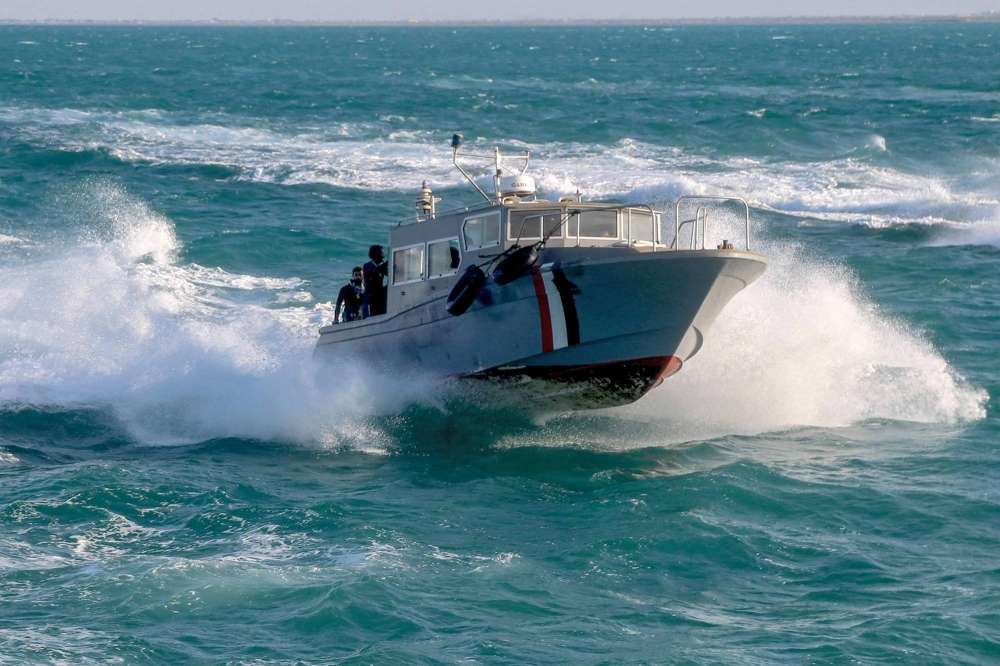Image Courtesy – The Japan Times
The issue arose when the Yemeni faction, the Houthis, began targeting commercial ships amid the ongoing tensions in the Middle East, particularly between the Palestinians and Israel. Presently, the Houthis have executed 27 attacks on vessels navigating the vital international maritime route. In response, the UK and US initiated an aerial offensive, with President Biden authorizing the strikes as a direct response to the unprecedented Houthi assaults on international maritime vessels in the Red Sea. Official reports indicate that coalition forces have directed their efforts at over 16 cities, hitting a total of 60 targets.
The participation of the United States, United Kingdom, and coalition forces has transformed what initially was a regional crisis into a global one. The U.S. has attributed blame to Iran for providing support to the Houthis. If this situation continues to escalate, the repercussions may extend to the global economy, including that of the European Union, potentially resulting in substantial losses.
Impact on global trade and maritime routes
On January 12, 2024, military operations were initiated by the armed forces of the United States and the United Kingdom in Yemen.
These operations involved striking 60 targets spread across 28 locations in the western part of Yemen, all under Houthi control. The focus of the strikes was on munitions depots and launching systems, aimed at diminishing the rebel group’s capacity to launch future attacks.
The military actions were in response to the Houthi rebels’ campaign in the Red Sea, a retaliation against Israel’s actions in Gaza. Consequently, major shipping companies such as Maersk, Hapag-Lloyd, and Mediterranean Shipping Company have opted to suspend travel along the affected route.
The Red Sea’s maritime activity has witnessed a significant decline following the inaugural Houthi attack on November 17. An analysis conducted by the German economic institute IfW Kiel revealed a substantial 60% decrease in container traffic through the strait during December.
According to a report by Bloomberg on Tuesday, the number of vessels navigating the Bab el-Mandeb strait dwindled to 114 in the aftermath of the strikes. This figure marks a decline from 131 just a week prior and a stark contrast to the 272 vessels recorded a month ago.
Neil Roberts, the head of marine and aviation at the Lloyd’s Market Association, noted that the recent cautionary advisory issued by the UK and US Combined Maritime Forces has induced restraint among shipping operators. Roberts stated, “There’s been a pause in some shipping due to the warning. Vessels at either end [of the Red Sea] are currently in a holding pattern awaiting developments.”
In addition to impacting container ships, the strikes have influenced the trajectory of tankers transporting oil and gas through the strait. Although tanker traffic remained relatively stable in December despite Houthi attacks, Reuters’ analysis on Monday revealed that 15 of these tankers en route to the Red Sea had altered their courses.
Qatar, positioned as the world’s second-largest exporter of liquefied natural gas (LNG), has affirmed its decision to cease sending LNG tankers through the Red Sea following the latest series of strikes.
What are the unseen repercussions?
Opting to bypass the Red Sea in favor of the lengthier and more expensive route around the Cape of Good Hope, situated at the southern tip of South Africa, has become a strategic choice for some in response to the heightened security risks in the Red Sea region.
For instance, a journey from Rotterdam to Singapore via the Cape of Good Hope spans nearly 4,000 additional nautical miles compared to the traditional Red Sea route, requiring an additional 10 days for completion. According to estimates by Xeneta, a prominent ocean trade analytics platform, the associated costs for such a detour could reach up to $3 million per ship. This financial burden includes an extra $1 million in fuel expenses and an additional $300,000 allocated for insurance and crew-related costs.
The ripple effects of this alternative route are already impacting cargo costs. The average expense for shipping a 40ft container from one destination to another surged from $4,300 over the weekend to $5,650 on Tuesday. Contrastingly, just a month ago, these freight rates stood at a significantly lower $1,875.
William Bain, the Head of Trade Policy at the British Chamber of Commerce, emphasizes the enduring challenge posed by this disruption, especially when combined with other global challenges affecting traders. As shipping costs rise, and supply chain disruptions persist, there is a growing likelihood of inflationary pressures. The sustained uncertainty surrounding the situation adds complexity to businesses navigating the intricate landscape of international trade.
Due to the heightened tensions, oil prices have experienced an upswing, with Brent reaching the significant threshold of $80 (€73.12). The Red Sea, constituting 12% of global seaborne oil trade and 8% of liquefied natural gas (LNG), plays a pivotal role in global energy transport.
Official figures indicate a substantial 60% increase in the volume of crude oil passing through the Suez Canal since 2020, primarily driven by heightened demand in Europe post-pandemic lows. It is noteworthy that Europe, in response to conflicts in Ukraine, has been relying on the Suez Canal for oil imports from Middle East producers, following the imposition of sanctions on Russia by the European Union.
Analyzing the potential ramifications, freight data analyst Vortexa suggests that disruptions in the Red Sea could necessitate detours, resulting in a significant 58% to 129% extension in the usual travel time for oil tankers along key global routes, such as from India to Europe and the Middle East to Europe.






